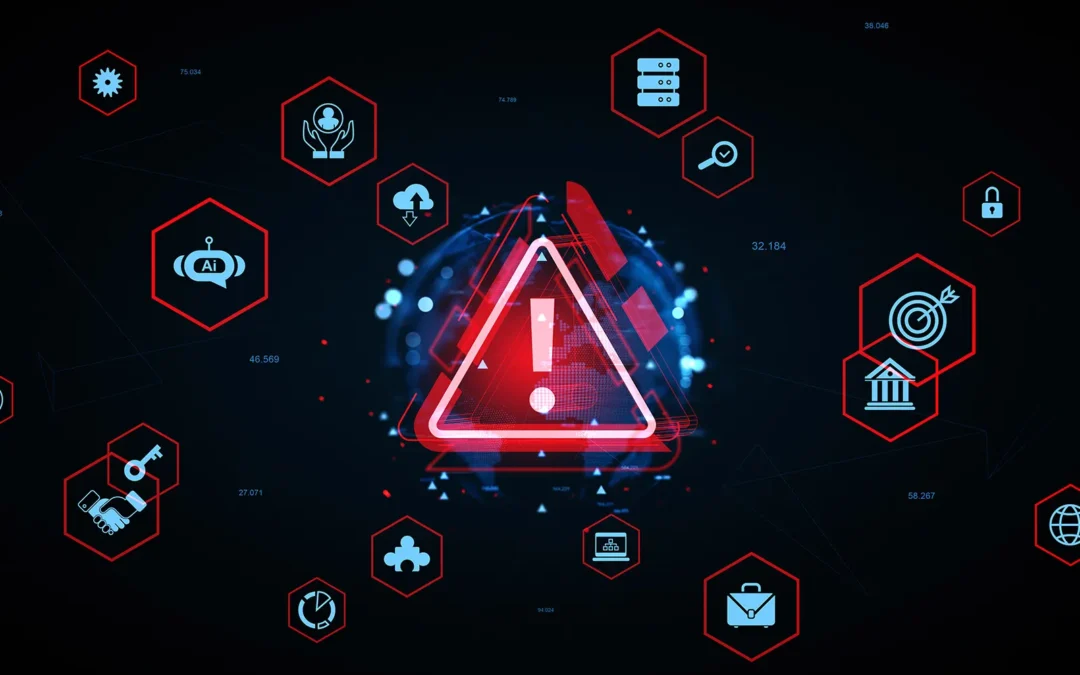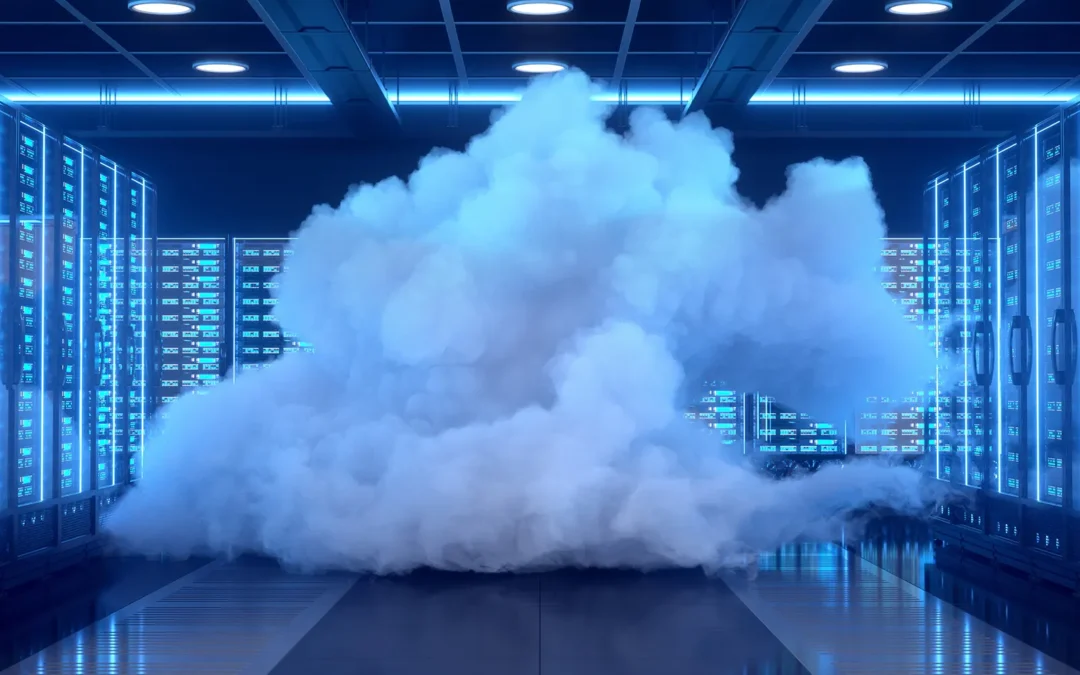As the summer season approaches, businesses face unique challenges that can impact their IT security. While the warm weather can bring a sense of relaxation, it’s crucial not to let your guard down when it comes to protecting your digital assets. At HOCS, we understand the importance of maintaining robust security measures all year round, and summer is no exception. In this comprehensive guide, we’ll explore essential security checks for the summer season to help your business stay cool and secure.
The Importance of Seasonal Security Checks
Before diving into the specifics, let’s understand why seasonal security checks are necessary. Cyber threats are constantly evolving, and different times of the year can bring new vulnerabilities. Summer, in particular, can introduce various risks due to:
- Increased Remote Work: Many employees take vacations or work remotely during the summer, potentially leading to lax security practices.
- Higher Cybercrime Activity: Cybercriminals often exploit the relaxed summer atmosphere, launching more attacks during this period.
- System Overheating: Higher temperatures can affect the performance and reliability of physical IT infrastructure.
To address these challenges, it’s essential to conduct thorough security checks and updates tailored to the summer season.
Conduct a Comprehensive Security Audit
The first step in preparing your business for summer is to conduct a comprehensive security audit. This involves evaluating your current security measures, identifying vulnerabilities, and implementing necessary improvements. Key areas to focus on include:
Network Security
- Firewall Configuration: Ensure your firewall is correctly configured to block unauthorized access.
- Intrusion Detection Systems (IDS): Verify that IDS are active and updated to detect any suspicious activities.
- VPN Security: Strengthen VPN security to protect remote connections, especially as employees may work from various locations during summer.
Endpoint Security
- Antivirus and Anti-Malware: Confirm that all devices have updated antivirus and anti-malware software.
- Device Encryption: Encrypt sensitive data on all devices to prevent unauthorized access.
- Patch Management: Ensure all systems and applications are up-to-date with the latest security patches.
Enhance Remote Work Security
With more employees working remotely during the summer, it’s crucial to enhance your remote work security measures. This includes:
Multi-Factor Authentication (MFA)
Implement MFA to add an extra layer of security for remote logins. MFA requires users to provide two or more verification factors, making it significantly harder for cybercriminals to gain access.
Secure Remote Access
Use secure remote access solutions such as Virtual Private Networks (VPNs) and Remote Desktop Protocol (RDP) with strong encryption to protect data transmitted over the internet.
Employee Training
Educate employees on best practices for remote work security. This includes using strong, unique passwords, avoiding public Wi-Fi for work purposes, and recognizing phishing attempts.
Review and Update Incident Response Plans
An incident response plan outlines the steps to take in the event of a security breach. Reviewing and updating this plan regularly ensures your business is prepared to respond effectively to any security incidents. Key components of an incident response plan include:
Identification: Define the process for identifying potential security incidents, including monitoring systems and using automated alerts.
Containment: Establish procedures for containing the breach to prevent further damage. This may involve isolating affected systems and limiting access.
Eradication: Detail the steps to eradicate the threat, such as removing malware, patching vulnerabilities, and restoring affected systems.
Recovery: Outline the recovery process to bring systems back to normal operation while ensuring they are secure.
Lessons Learned: Conduct a post-incident review to identify what went wrong and how to prevent similar incidents in the future.
Implement Advanced Threat Detection
Advanced threat detection technologies can help identify and mitigate threats before they cause significant damage. Some of these technologies include:
Security Information and Event Management (SIEM)
SIEM systems collect and analyze data from various sources to detect and respond to potential security threats in real-time.
Endpoint Detection and Response (EDR)
EDR solutions provide continuous monitoring and response capabilities for endpoint devices, helping to detect and neutralize threats quickly.
Artificial Intelligence (AI) and Machine Learning (ML)
AI and ML can enhance threat detection by identifying patterns and anomalies that traditional methods might miss.
Secure Physical IT Infrastructure
High temperatures during the summer can impact the performance and reliability of physical IT infrastructure. To ensure your systems remain operational and secure, consider the following measures:
Climate Control: Ensure your server rooms and data centers have adequate cooling systems to prevent overheating. Regularly monitor temperature and humidity levels.
Power Management: Use uninterruptible power supplies (UPS) and surge protectors to safeguard your equipment from power fluctuations and outages.
Physical Security: Implement physical security measures such as access controls, surveillance cameras, and security personnel to protect your IT infrastructure from unauthorized access.
Backup and Disaster Recovery
Regular backups are essential for protecting your data against loss or corruption. During the summer, it’s especially important to review and test your backup and disaster recovery plans to ensure they are effective. Key steps include:
Backup Frequency
Determine the appropriate backup frequency for your business needs, whether it’s daily, weekly, or monthly.
Offsite Backups
Store backups in offsite locations or use cloud storage to protect against physical disasters such as fires or floods.
Disaster Recovery Testing
Regularly test your disaster recovery plan to ensure you can restore data and systems quickly and effectively in the event of a breach.
Promote a Security-First Culture
Creating a security-first culture within your organization can significantly enhance your overall security posture. This involves:
Employee Awareness: Conduct regular security awareness training sessions to educate employees on the latest threats and best practices for staying secure.
Security Policies: Establish and enforce clear security policies that outline acceptable use, password requirements, and data protection measures.
Leadership Support: Ensure leadership supports and prioritizes security initiatives, setting a positive example for the rest of the organization.
HOCS Leading the Way in IT Security
At HOCS, we are committed to helping businesses stay secure and efficient, no matter the season. Our team of IT experts leverages the latest technologies and best practices to provide comprehensive security solutions tailored to your unique needs. Whether you need a thorough security audit, advanced threat detection, or robust remote work solutions, HOCS has you covered.
In Conclusion
Staying secure during the summer months requires proactive measures and a thorough understanding of potential risks. By conducting essential security checks and implementing best practices, you can protect your business from seasonal threats and ensure smooth, uninterrupted operations.
Don’t let the summer heat compromise your security. Partner with HOCS to stay cool, stay secure, and keep your business running smoothly. Contact us today to schedule your summer security audit and discover how we can help you achieve optimal security and efficiency.
Ready to take your IT security to the next level this summer?
Contact HOCS today to schedule your comprehensive security audit and learn more about our advanced security solutions. Stay cool, stay secure, and keep your business thriving with HOCS.










